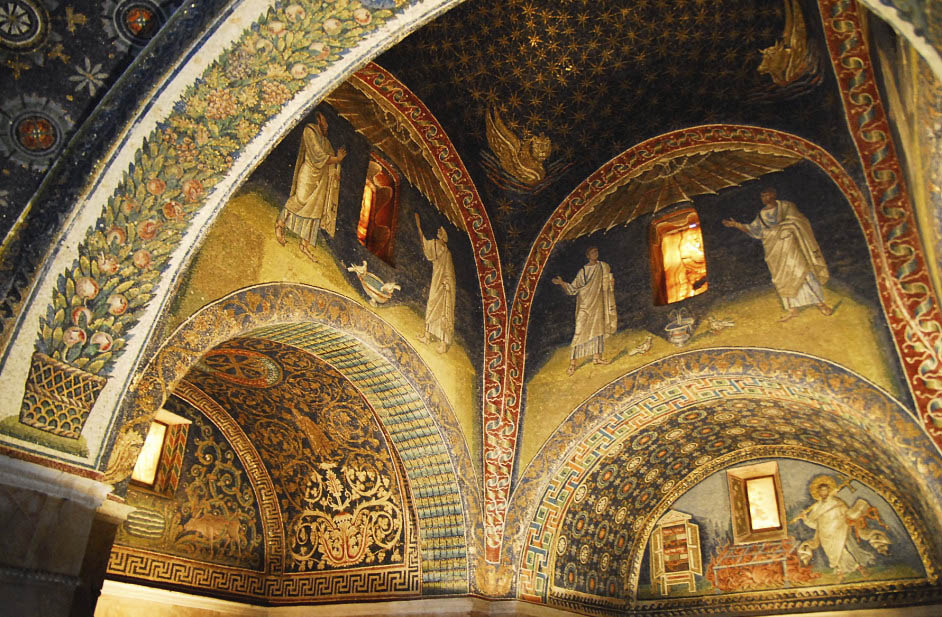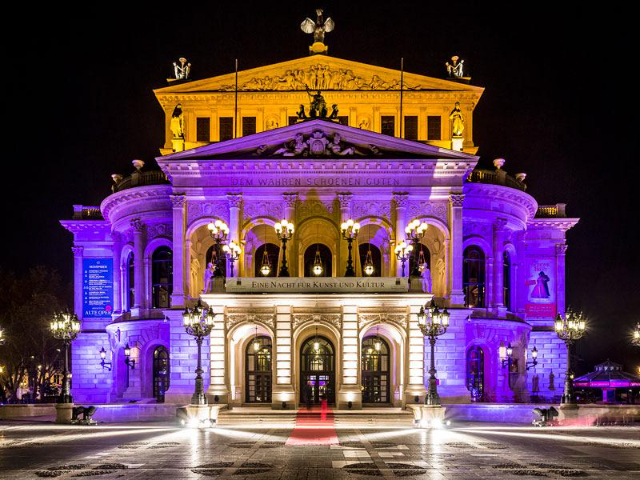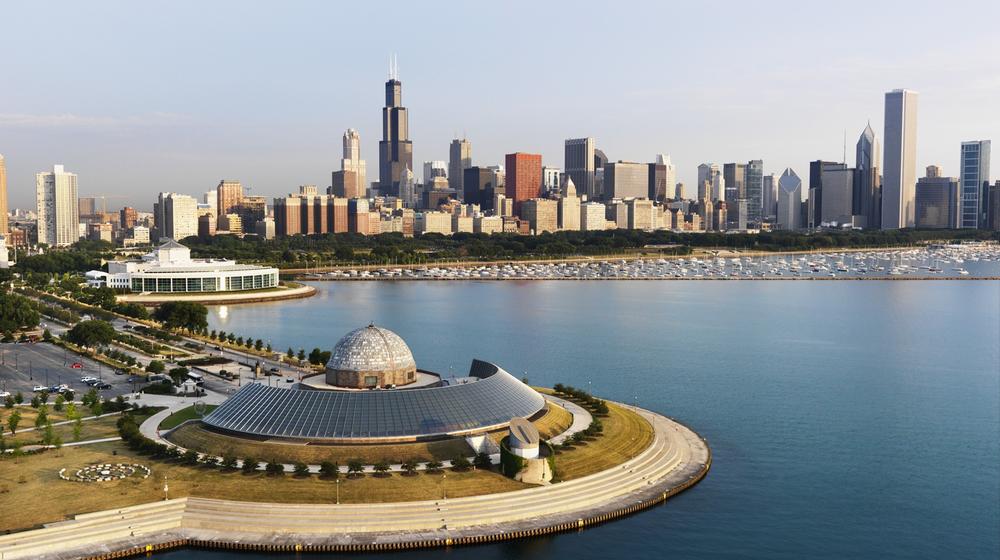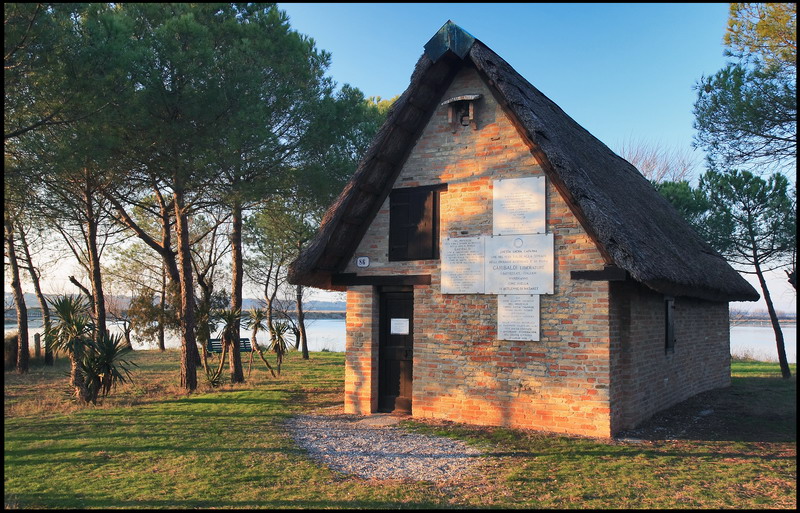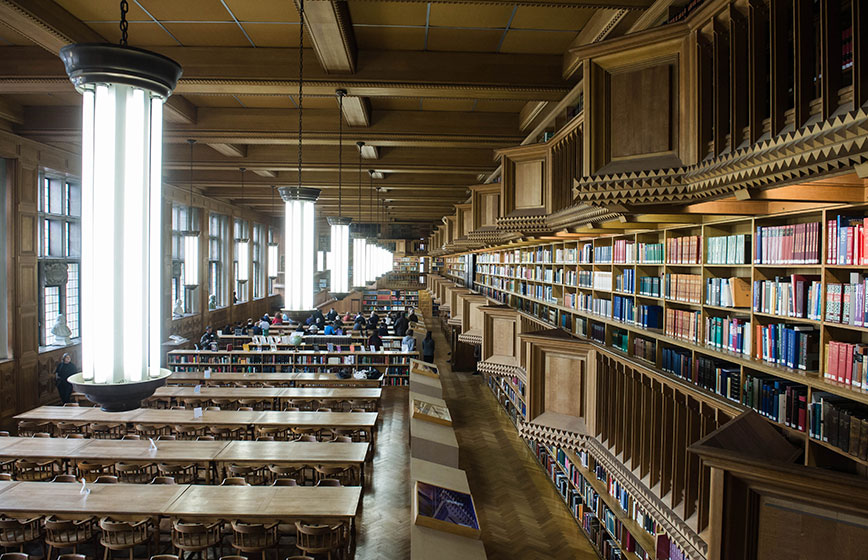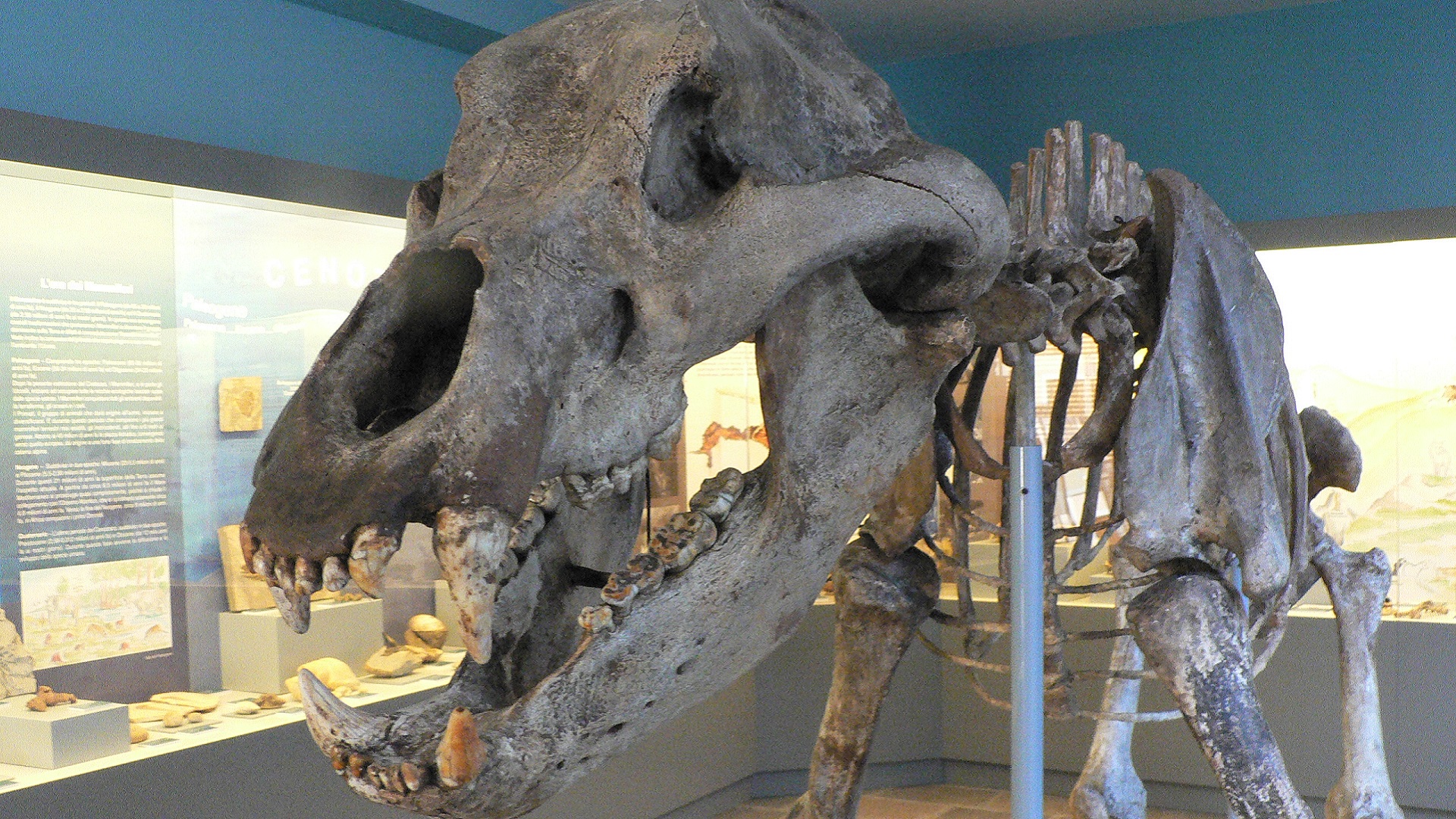Galla Placidia (386 – 450 A.D.), sister of the emperor Honorius, the creator of the transfer of the capital of the Western Roman Empire from Milan to Ravenna in 402 A.D., had this small Latin cross-shaped mausoleum built for herself around 425-450; however, it was never used for this purpose as the empress, who died in Rome in 450, was buried in this city.
Even if today it appears as a separate building, it was originally connected to the southern side of the narthex of the nearby Church of Santa Croce, also built by Galla in the second quarter of the 5th century.
Externally it is very simple and modest, especially when compared to the richness of the interior mosaic decoration, made even brighter by the golden light that filters through the alabaster windows.
The lower part of the walls is covered with marble while the upper area is entirely decorated with mosaics covering walls, arches, lunettes and dome. The iconographic themes, straddling the Hellenistic-Roman and Christian artistic tradition, develop on several interpretative levels the theme of the victory of eternal life over death.
This building exudes a magical atmosphere. Over the centuries, the countless stars of the dome have impressed the imagination and sensitivity of visitors so much that it is said that Cole Porter, on his honeymoon in Ravenna, was so impressed by the atmosphere of the small mausoleum and its stars that he composed his famous song Night and Day.
